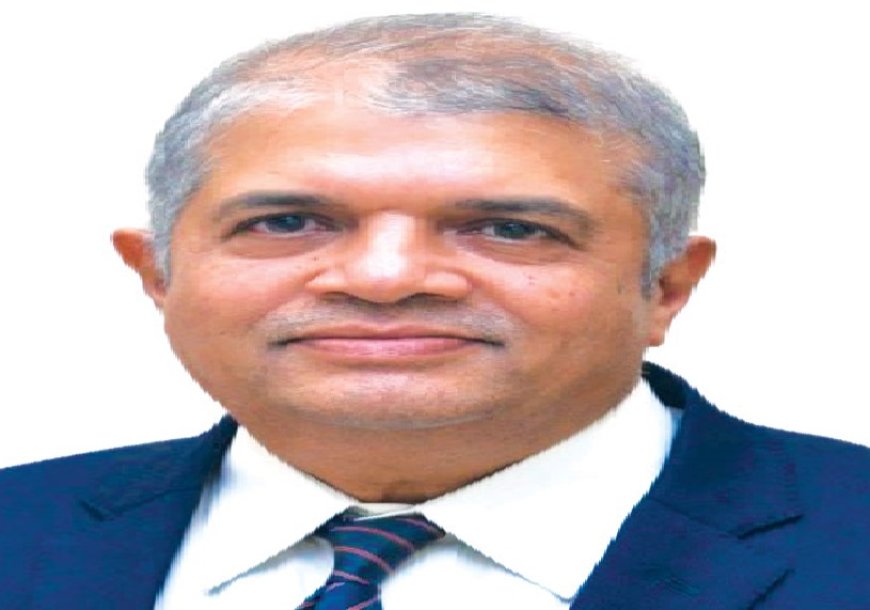We are expected to witness more spending in construction sector.
- Ranjit Manjarekar Vice President - Asset Management, Tata Projects How do you look at the prevailing trends in Indian construction and infrastructure market? Government of India's (GoI) goal of a US$5 trillion economy by FY 2024-25 is going to spur increase in infrastructure spend. Realising the economic benefits of infrastructure and housing development and

Ranjit Manjarekar
Vice President - Asset Management, Tata Projects
How do you look at the prevailing trends in Indian construction and infrastructure market?
Government of India's (GoI) goal of a US$5 trillion economy by FY 2024-25 is going to spur increase in infrastructure spend. Realising the economic benefits of infrastructure and housing development and its employment generation potential (the construction sector is the second-largest employment generator in India, after agriculture), the GoI is making a policy push with various programmes, such as National Infrastructure Pipeline (NIP), Gati Shakti, National Monetization Plan (NMP), and housing schemes under Pradhan Mantri Awas Yojana (PMAY) to create an enabling environment.
Further, in the coming 1-2 years, capex spending through NIP, NMP, InViT etc., will increase and therefore we are expected to witness more spending in construction sector. India is expected to become the third-largest construction market globally in near future.
What kind of equipment will be in demand for your projects in future?
At Tata Projects, we are into nearly all domains of construction space. So the requirement will be mostly for mechanisation of construction applications like tunnelling, diaphragm walls, railway track works, roads, marine structures, mining, oil & gas etc.
In terms of technology, we are looking for easy to operate and maintain, fuel efficient, less polluting, and IoT & telematics-enabled equipment. The overall objective is to save project's time and cost by acquiring equipment which best suit the above features and objectives. We are using drones for some applications in construction sector and further also looking towards electrically operated equipment if OEMs can offer them in completive price range.
What changes are you anticipating in future when choosing and procuring construction equipment?
Due to supply chain issues, I am anticipating delays in delivery of equipment. We may also experience price increase in construction equipment. Technology-wise use of telematics/IoT is going to be common in every equipment, making it more complex to be maintained by traditional maintenance professionals available in business. India is a unique market since people buy more of that equipment in which maintenance control is in their hands instead of only OEMs. Indian customers don't want to buy equipment which are costly in operation and maintenance (O&M). I urge all OEMs that, while adding the latest technological features in their equipment, they also need to simultaneously focus on training of end-customers and their maintenance professionals, so that they can maintain their equipment with minimum support from expert OEMs.
How do you view the Indian CE market in effectively catering to the needs of the project execution?
Long ago, I had anticipated Indian construction market demand for equipment in certain categories such as TBMs, piling rigs, big cap cranes, etc. However, even after years, many of those categories of equipment have not started manufacturing in India. We still have to import these equipment which cost us more time and money. OEMs should have realised by now India's potential of domestic consumption and logistically well-connected global market so they should participate in Make in India and Make for the World vision of Indian Government. Once we have such niche category equipment being manufactured in India, cost of these equipment will come down and delivery time shall reduce.
Hits: 0







